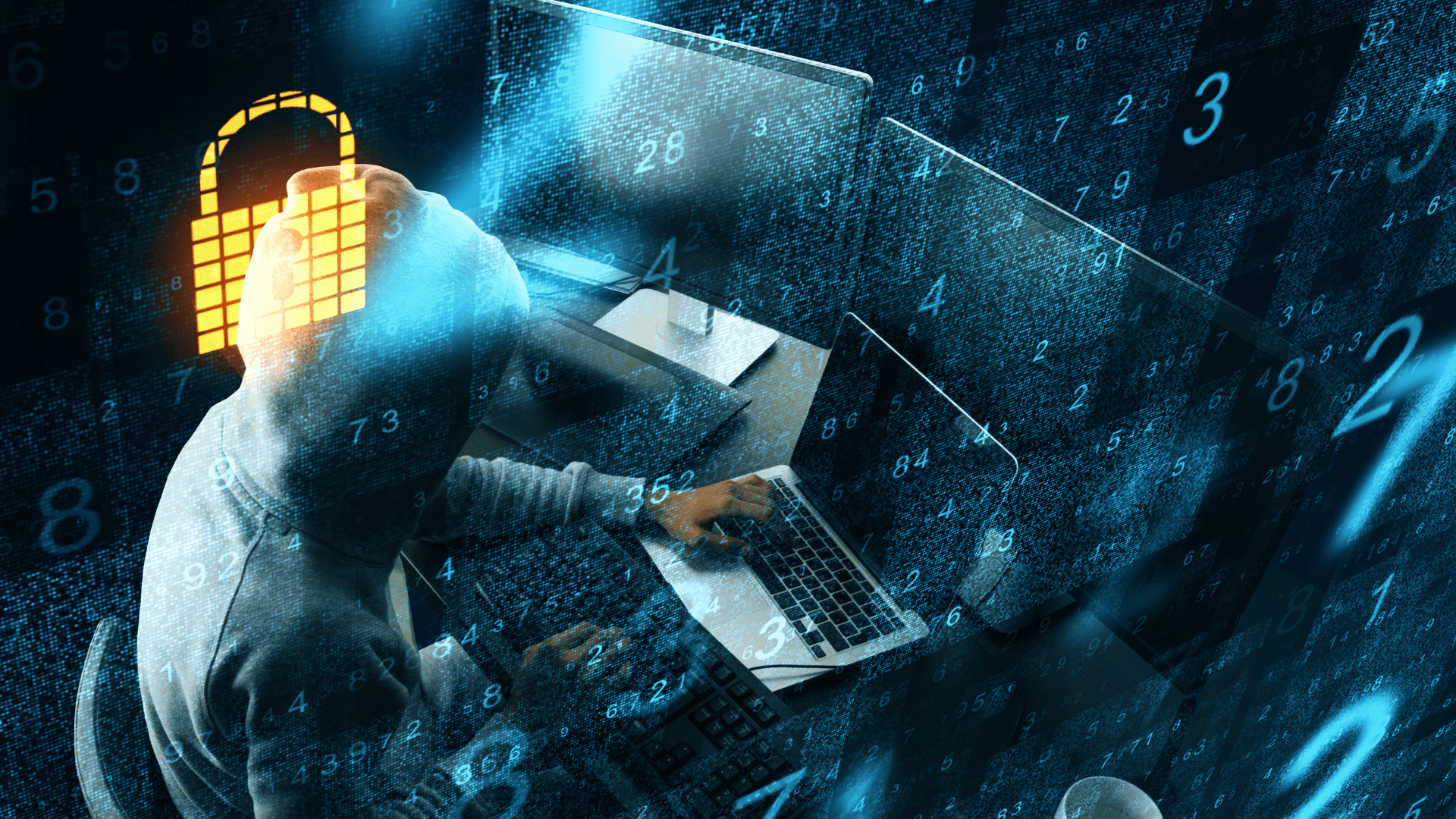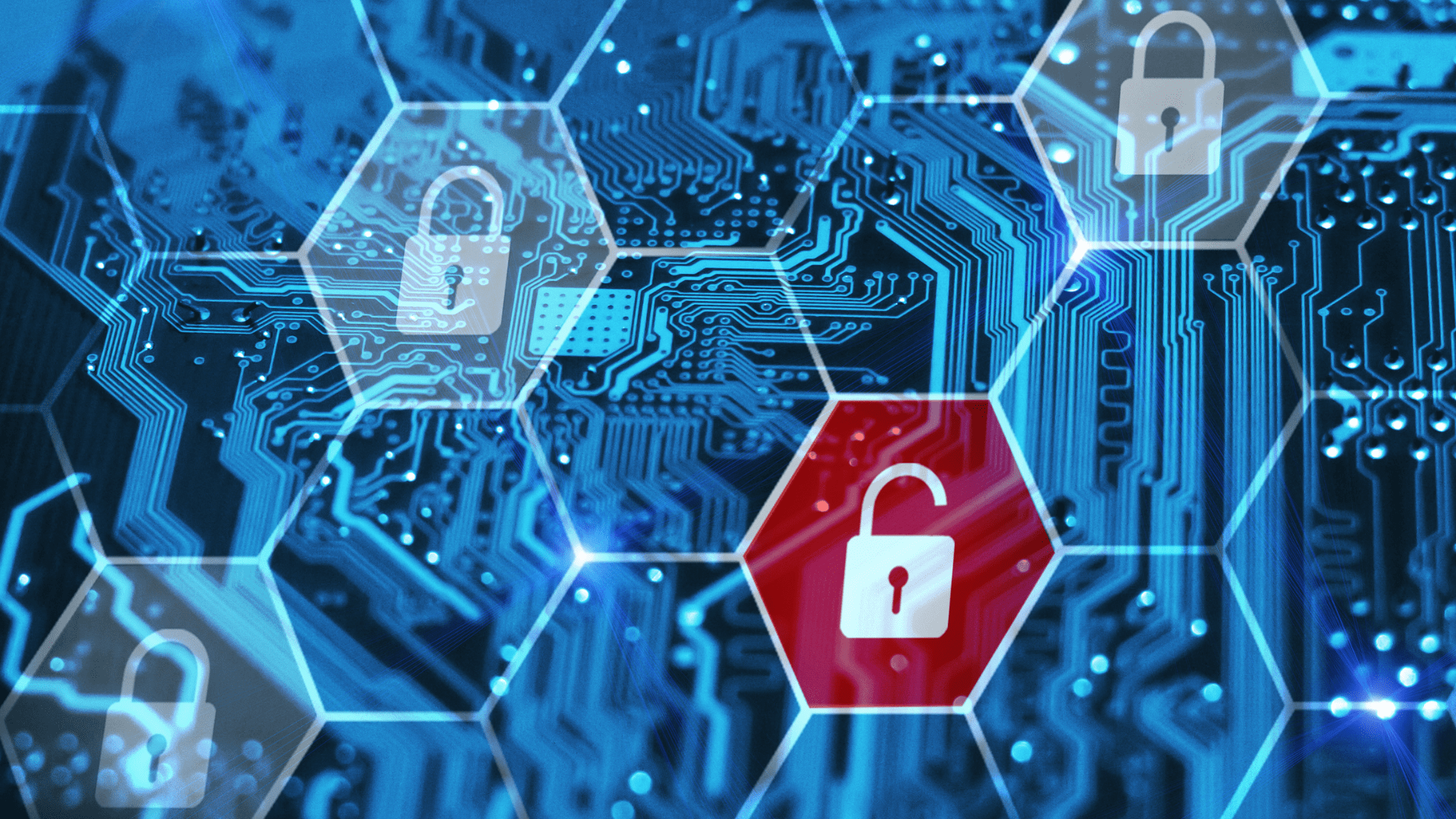Boost Cyber Immunity in 2023 by Combating Data Exfiltration
In recent years, the world has become aware of the effects and nature of a far-reaching virus. Biologically, a virus invades the body and causes havoc to infect the host. While this virus that caused the recent pandemic targeted living things, technology is susceptible to a different kind of virus attack – one where an unauthorized person invades the system and either extracts then shares data or relocates it from secured systems…
This kind of attack is called data exfiltration, and it can be the result of cyberattackers exploiting vulnerabilities hidden within systems, malicious intruders stealing and using valid employee credentials, and, in some cases, paying employees for their information. Roles such as system administrators and trusted users, who have authorization to access certain data sets, are often the source of valid credentials — whether intentional or not.
According to reports, there are more than 2,200 cyberattacks worldwide daily, equating to about one every 39 seconds. Since data is an essential operating component for businesses, infrastructure, financial institutions, and more, these organizations must have a plan for a worst-case scenario. Cyberattacks can impact all kinds of organizations, regardless of the preventative measures or plans in place. There is no 100% guarantee when it comes to cybersecurity, but in order to combat data exfiltration, achieving cyber immunity is key.
Consequences of Not Having Cyber Immunity
At the start of the COVID-19 pandemic, the majority of the world opted to shut down in-person operations and quarantine to prevent the spreading of the virus further. Since humans had never come into contact with this specific virus, people did not have any immunity to it, and everyone rightfully feared its intense consequences. Until people could build up immunity and feel confident that their bodies could fight off an infection, the best option to protect each other was to isolate and wait until a defensive plan against the virus was in place.
Similarly, a company with no established cyber immunity will face the most dangerous consequences when confronted by a ransomware or data exfiltration attack, which often go hand-in-hand. By paying the ransom, an organization must dedicate time and resources to retrieve critical business data from its attackers. It’s important to note that once those resources are used, they’ll be gone forever and cannot be allocated elsewhere in the company.
Even if an organization complies with the ransom demands, there is still no guarantee that the cybercriminals will release the systems and/or that they won’t leak the data they exfiltrated. Conversely, an organization could refuse to pay or acknowledge the ransom demands. In that case, the exfiltrated data could be made public, resulting in lawsuits, penalties, the organization’s reputation being ruined, and loss of customers and revenue.
Uncertainty like this is unacceptable in the business world, so it is essential that organizations have a data protection solution in place that focuses on cyber immunity and helps them avoid scenarios where they have to make these difficult decisions.
Similarities Between COVID-19 and Data Exfiltration
Isolation during the COVID-19 pandemic was only a stopgap until the actual solution to spreading the virus could be developed: a vaccine. Even with a vaccine, a virus can still be contracted and spread to others, but vaccinations deliver antibodies that help a person’s immune system identify the intruding virus and combat it quickly. In this sense, pre-exposing people to the virus in tolerable doses was a plan that worked to fight the virus. As more people were given the full dose of the vaccine, hospitalization rates began to decline drastically.
Unfortunately, those who did not choose to get vaccinated left themselves vulnerable to the virus, and once infected, they continued to feel the most extreme symptoms and fill hospital beds. While there was never guaranteed protection once a person got the shot, the data proved that those who planned ahead, got their vaccines, and stayed on top of the following boosters had a much greater chance of avoiding serious illness.
The same scenario can be applied to cyber immunity. Just by existing and handling sensitive data, all organizations are at risk for ransomware and data exfiltration. No matter what kind of strategies are put in place, there is no guarantee that an organization will not experience a cyberattack or have their data exfiltrated. Similar to COVID-19, motivated cybercriminals will continue to find vulnerabilities and infiltrate every system to benefit themselves.

According to research, the number of ransomware attacks that include data exfiltration are increasing: in 2017, only 33% of attacks included data exfiltration, but in 2022, that number grew to 68%. Instead of trying to eliminate cyber threats like data exfiltration and ransomware, organizations need to acknowledge they are at risk and implement a plan to achieve cyber immunity. By raising their defenses against cyber threats, organizations are better prepared for when — not if — a ransomware and data exfiltration attack occurs.
How To Boost Cyber Immunity
The best way for organizations to improve their cyber immunity against data exfiltration and ransomware is to examine what data is at risk and then make sure that it has two types of immunity controls:
- First, if attackers get to the data, it should be unusable.
- Second, if attackers encrypt or delete the data, it should be recoverable from an untampered backup.
The first type can be accomplished by utilizing data-in-use encryption (aka encryption-in-use). This would ensure that, even if attackers used legitimate credentials to get to the data, they are unable to use it to extort the victim because the data is essentially unreadable.
The second type can be attained by implementing a data protection solution that can back up and recover data. Other best practices to avoid being the victim of data exfiltration include:
- Think like the bad guys – Put yourself in the mindset of a cybercriminal to try to pinpoint your organization’s vulnerabilities so you can fix them before an attacker gets to them.
- Anticipate attacks – While it can be hard to predict when a ransomware or data exfiltration attack will happen, milestones like anniversaries and controversial dates should be closely monitored. Some hacktivist groups like Anonymous and AnonGhost even pre-announce their attacks.
- Remain vigilant and be prepared – Are your employees regularly updating their passwords? Do they know how to identify a phishing attack or dangerous links? Frequent cybersecurity training can ensure your employees are your first, strong line of defense.
With both of these layers of defense in place, an organization can truly become immune to ransomware and data exfiltration attacks and will no longer be at the mercy of cybercriminals.
Boost Your Cyber Immunity
For more information about how your organization can combat and prevent data exfiltration attacks, check out Portal26’s award-winning data security platform. It ensures the cyber immunity every organization needs to be confident that their data will be secure today, tomorrow and everyday in the future.
Related Resources

Be Prepared to Neutralize Cyberattacks When – Not If – They Happen
Be Prepared to Neutralize Cyberattacks When – Not If – They Happen Businesses today are under the constant threat of cyberattacks from ransomware and extortion.

Boost Cyber Immunity in 2023 by Combating Data Exfiltration
Boost Cyber Immunity in 2023 by Combating Data Exfiltration In recent years, the world has become aware of the effects and nature of a far-reaching

Portal26’s Guide To Preventing Data Exfiltration
Preventing Data Exfiltration Effectively: A Comprehensive Guide In today’s data driven world, data can be considered one of the most valuable assets an enterprise’s possession.

